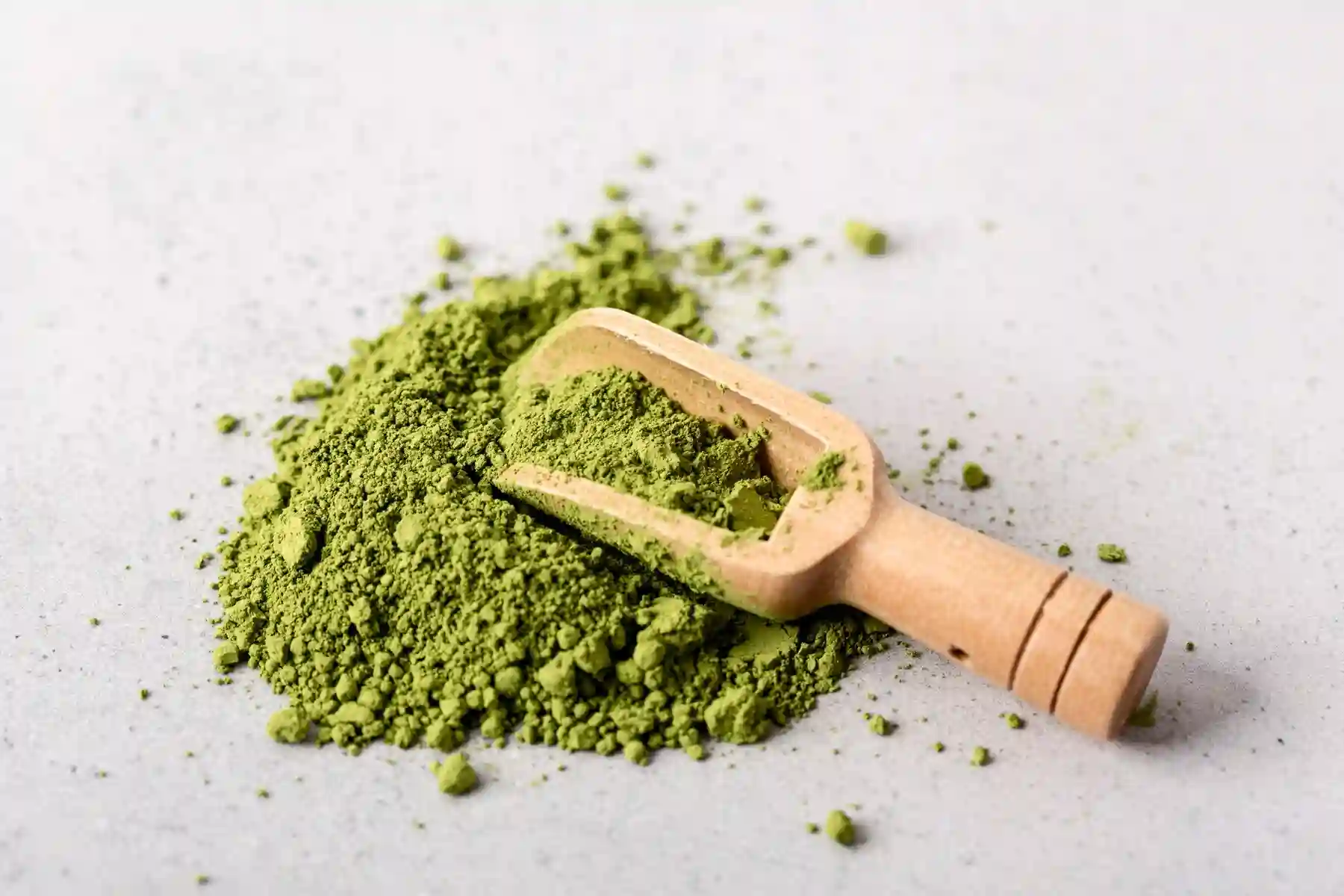Kratom and the Brain: Neurological Interactions
So how does Kratom work? To say that it messes with the chemicals in your brain to produce a euphoric effect is a bit too simplistic—but it’s a good place to begin. In this article, we use simple metaphors to try to explain how neurotransmitters function and what they have to do with kratom.

Neurotransmitters - Three metaphors
Highways and toll booths
Let’s think of the nervous system—specifically the brain—as a territory. In this space there are towns where things happen.
One town manufactures creative thoughts, another town might make feel-good emotions. Connecting these towns are highways, via which the products of each town are transmitted. The things travelling across these highways are neurons.
Now, these highways aren’t smooth travelling for neurons the whole way. Say, there are toll bridges, and border checks, and other blockages (or gaps) in the highway before which neurons have to stop and negotiate their way across.
These tiny spaces disrupting the smooth neural transmission are synapses, and this is where the real exchange of neural information occurs.
Time for an earful
What happens at these synapses? Well, let’s move off the metaphor of transportation and one to communication. The neuron stops at the synapse and must shout something over to the other side to arrange getting across.
In other words, what we have now is mouths that speak and ears that hear. This is the system of neurotransmission and receptors.
These neuron cells not only “speak,” but do so in a variety of languages And the receptors—as the ears—are attuned to understanding different languages. Take for example opioid neurotransmission: This speaks the language of pleasure and pain.
The success and subsequent effect of the neuron traveling across the synapse depends on the language, and the message.
Turn on the lights
A final metaphor is that of a series of light switches. Once the neuron traverses the synapses, it finds itself in a control room with a large switchboard.
Think of the switchboard as the receptors now. When a “messenger” molecule is transmitted, it comes with a certain set of instructions to switch on (or off) some (or all) the lights.
Not only do such molecules manage the switchboard, but they can also block other molecules from getting in there and messing around with the levers.
Back to the Kratom
So here is where we get back to Kratom (or other similar stimulative substances).
Unlike neurons or message-molecules that our own bodies produce to regulate the day-to-day stuff of ordinary living (breathing, regulating heart rate, etc.), ones that enter our system without having the power to make us feel something out of the ordinary.
See, when we take a substance like Kratom, it guides the synapses across off-the-beaten-path highways of our nervous system, and it knows just how to negotiate at all those synaptic tolls in ways our own homegrown chemicals aren’t trained to do.
Most importantly, when it gets into the receptor’s control room, it not only starts flipping on and off the lights, but it can temporarily block our homegrown chemicals from performing their day-to-day functions in favor of creating a new and special mood.
It’s one thing to get sick, where the body is invaded with unwanted foreign entities that hijack the nervous system and make us feel like shit.
It’s a whole other thing, though, when you educate yourself on the desired effects of a substance like Kratom, and willingly relax your internal controls to allow an outside influence take over for a while.
Kratom isn’t just a single monolithic set of instructions either. Different veins come with different road maps, languages, and switchboard instructions. Depending if you want something to perk you up (green vein), or chill you down (red vein), the first step is getting educated (and by reading this article you’re halfway there), and the second step is kicking back and enjoying the ride.






